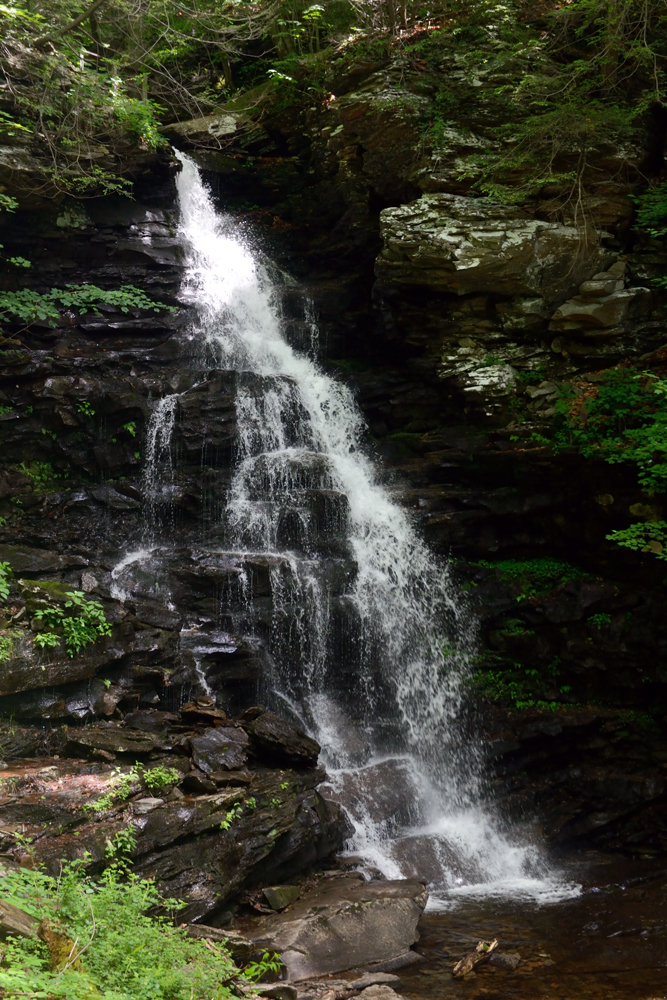

To keep them – and you – safe, don’t approach them. Colorado is home to tens of thousands of furry, scaly and feathered creatures.Always check for local fire restrictions.Always put cigarettes out completely and don’t leave your butts behind. Use care when smoking in Colorado’s dry climate.When putting out a fire, water it until you can handle the embers.Keep campfires small and manageable to avoid sparking wildfires. Colorado’s low humidity has perks, but can create dry, dangerous conditions.Carving or hacking plants and trees may kill or disfigure them. Building structures or campsites on public land isn’t cool. Any of our 750 different species of wildflowers will live forever in a photo.Leave plants, rocks and historical items as you find them so others experience the joy of discovery.Wash yourself, your dog or whatever else needs cleaning at least 200 feet from waterways, and use biodegradable soap.Put litter, even crumbs, peels and cores in your nearest waste/recycling bin. Or pick it up to leave a place better than you found it. A few extra strides on the path will protect plants and the homes of the true locals. Even though shortcuts can be tempting, please don’t take them.By sticking to these areas and camping at least 200 feet from lakes, rivers and streams, you’re helping natural areas stay natural. With 39,000 marked trails and 13,000 designated campsites, there’s no need to venture beyond.Bring along reusable water bottles or hot drink tumblers to limit waste and stay hydrated in our dry climate.Find your way to less-visited and off-peak destinations to minimize down time and maximize your connection with special places. Learn about and respect the spaces we all own, share and sing about.

Our state and federal agencies manage 42 percent of Colorado’s majestic landscape, and our cities and counties maintain even more. For donations to help with trail maintenance in Glenwood Canyon check out the Glenwood Canyon Restoration Alliances:ĭonate to the Glenwood Canyon Restoration Fund! The Forest Service is working with experts on mitigation efforts to protect the area. Fire-related erosion and runoff getting into the fragile lake ecosystem is a major concern. The Forest Service won’t know for a while what long-term impacts will be because the health of Hanging Lake is directly tied to hydrology of the area. Hikers holding permits to use the trail will receive detailed information regarding emergency procedures. The White River National Forest has worked with a number of stakeholders including the Colorado Department of Transportation on short and long-term mitigation measures. Public safety continues to be the priority, and there is a long-term risk of post-fire flooding and debris flow. Some areas of the trail were also burned, as was a large portion of Glenwood Canyon. While Hanging Lake itself was not burned in the Grizzly Creek Fire, the fire burned much of the area above the lake and trail. Read the Happy Hiker’s Guide to Glenwood Springs Trail Etiquette HERE!.Animals may NOT be left in vehicles while hiking. Dogs and/or other pets are NOT allowed on the Hanging Lake trail or at the Hanging Lake Rest Area.Please be prepared for a steep and slippery trail with compacted ice and snow. From October through April: The trail may be icy all winter.In accordance with FAA safety and Forest Service guidelines, drones should not be flown in the Hanging Lake area.Standing on the log, swimming and fishing in the lake are prohibited!.Be advised that there is no cell service on the trail.Respect the area by taking your trash with you. Always wear sturdy footwear, not flip flops.Use facilities at the trailhead before hiking. Walking off the trail and short cutting switchbacks is not permitted.Hanging Lake trail climbs up a steep canyon to reach the lake.


 0 kommentar(er)
0 kommentar(er)
